The Symbolic Palette: Exploring Colors in Islamic Architectural Masterpieces

Islamic architecture is renowned for its breathtaking beauty and intricate designs, captivating the eyes and souls of those who gaze upon it. One of the key elements that contribute to the richness and symbolism of Islamic architecture is the use of vibrant colors. From the majestic domes of mosques to the intricate tile work of palaces, colors play a significant role in conveying both aesthetic and symbolic meanings. Let’s explore the symbolic use of colors in Islamic architecture and how they contribute to the overall spiritual experience.
Blue – The Color of Spirituality
Blue is a predominant color in Islamic architecture, symbolizing the heavenly realms. It represents the expanse of the sky. The magnificent blue domes that crown many mosques, such as the iconic Blue Mosque in Istanbul, Turkey, serve as a visual reminder of the connection between the earthly and the celestial. Blue symbolizes peace, spirituality, and transcendence, creating a serene and calming atmosphere within Islamic architectural spaces.
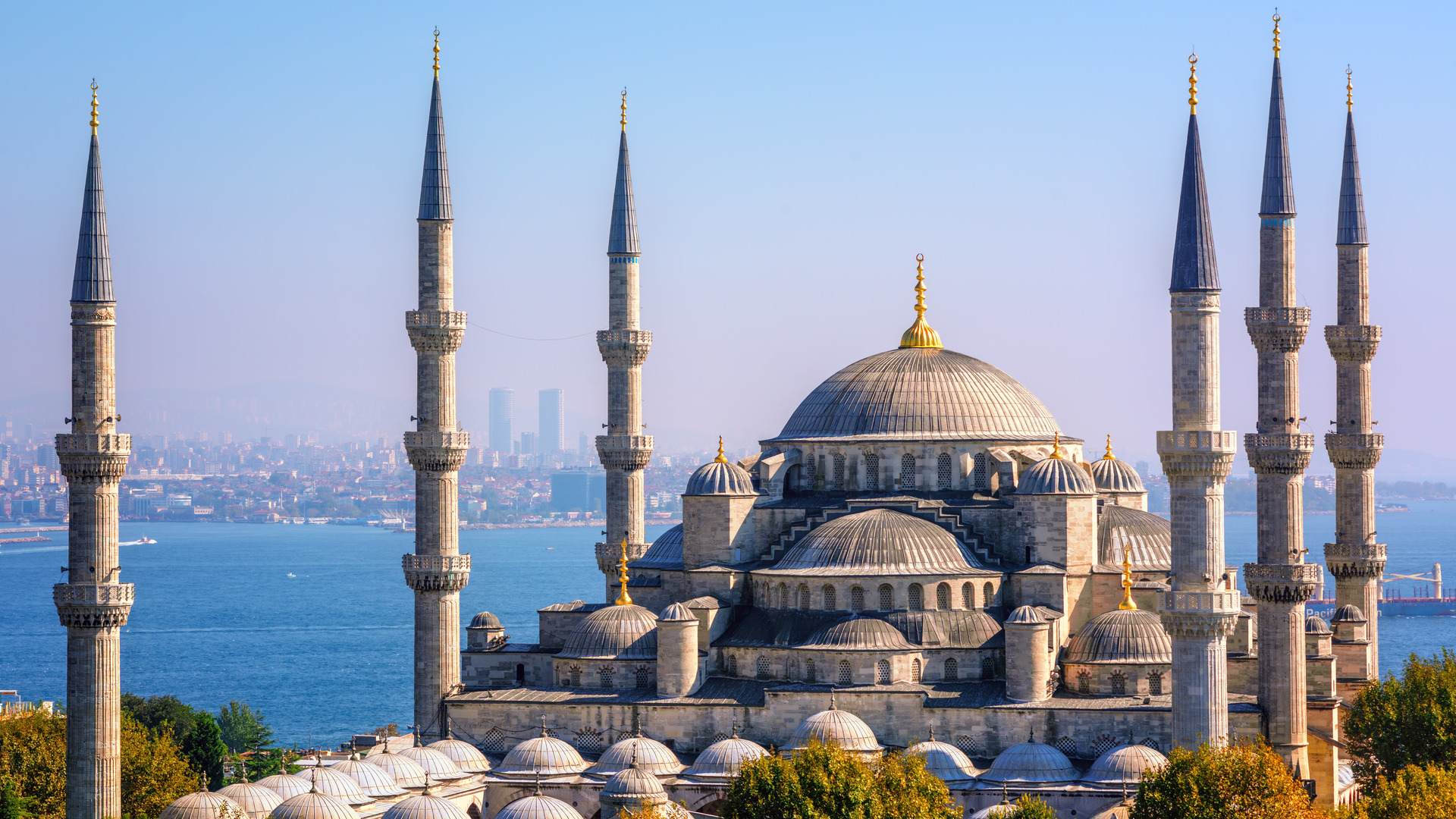
Green – The Color of the Heavens
Green holds a special significance in Islamic tradition and is often associated with paradise and the natural world. It represents fertility, renewal, and abundance. In Islamic architecture, green is commonly used in intricate geometric patterns, calligraphy, and tile work. The extensive use of green in the ornamentation of mosques and palaces reflects the Islamic belief in the beauty and tranquility of paradise. The Alhambra in Granada, Spain, is a prime example of Islamic architecture that features lush green gardens and intricate green tile work, creating an oasis-like ambiance. It is also believed that Green will be the formal wear in Heavens.
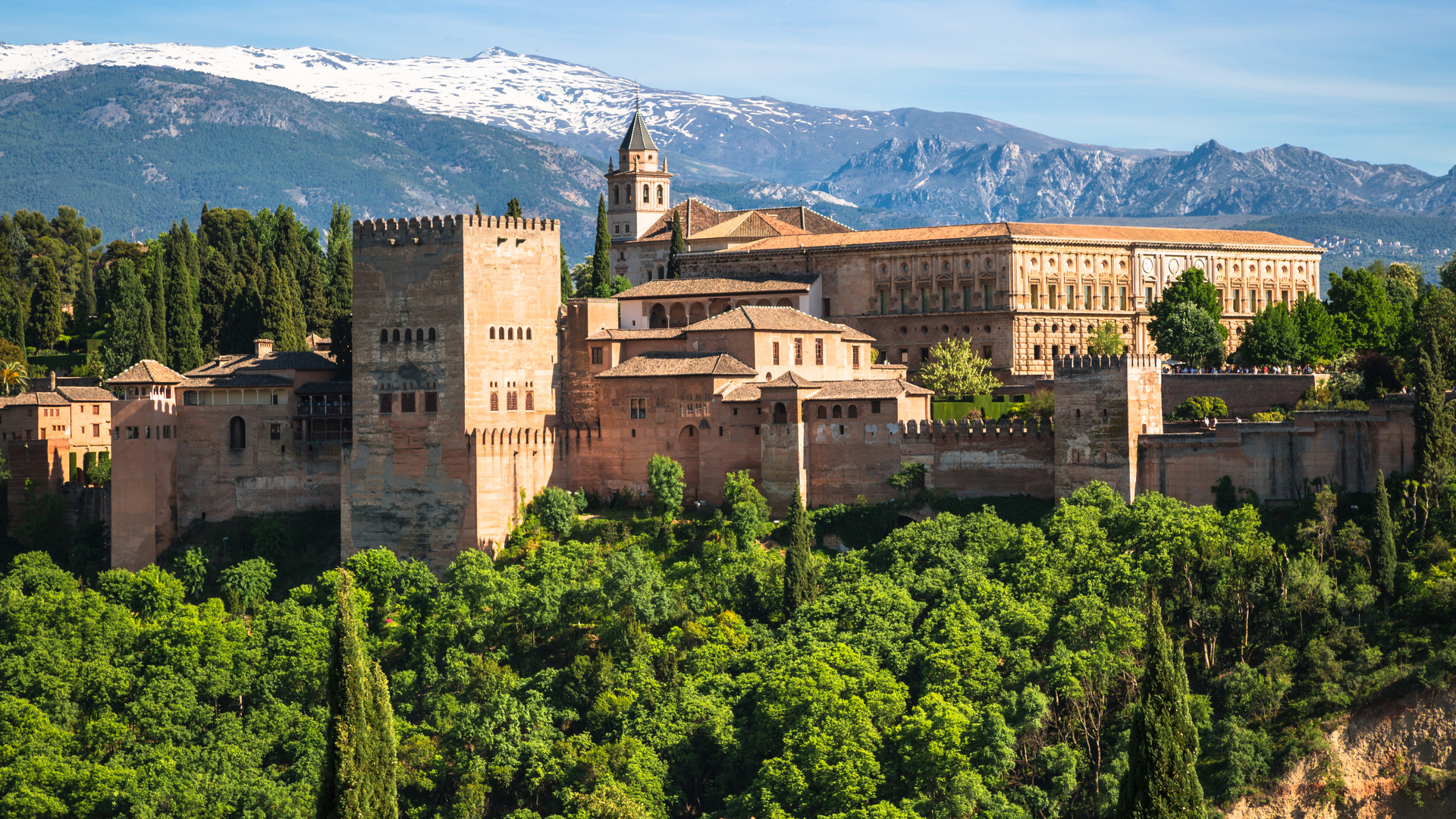
Red – The Color of Power and Vitality
Red is a bold and vibrant color that symbolizes power, strength, and vitality. It is often used to highlight important architectural elements, such as doors, arches, and minarets. Red also represents courage and martyrdom in Islamic history, and it is associated with the blood of the martyrs who sacrificed their lives for their faith. The extensive use of red in Islamic architecture, particularly in the intricate patterns of Persian carpets and textiles, adds a sense of dynamism and energy to the overall design.
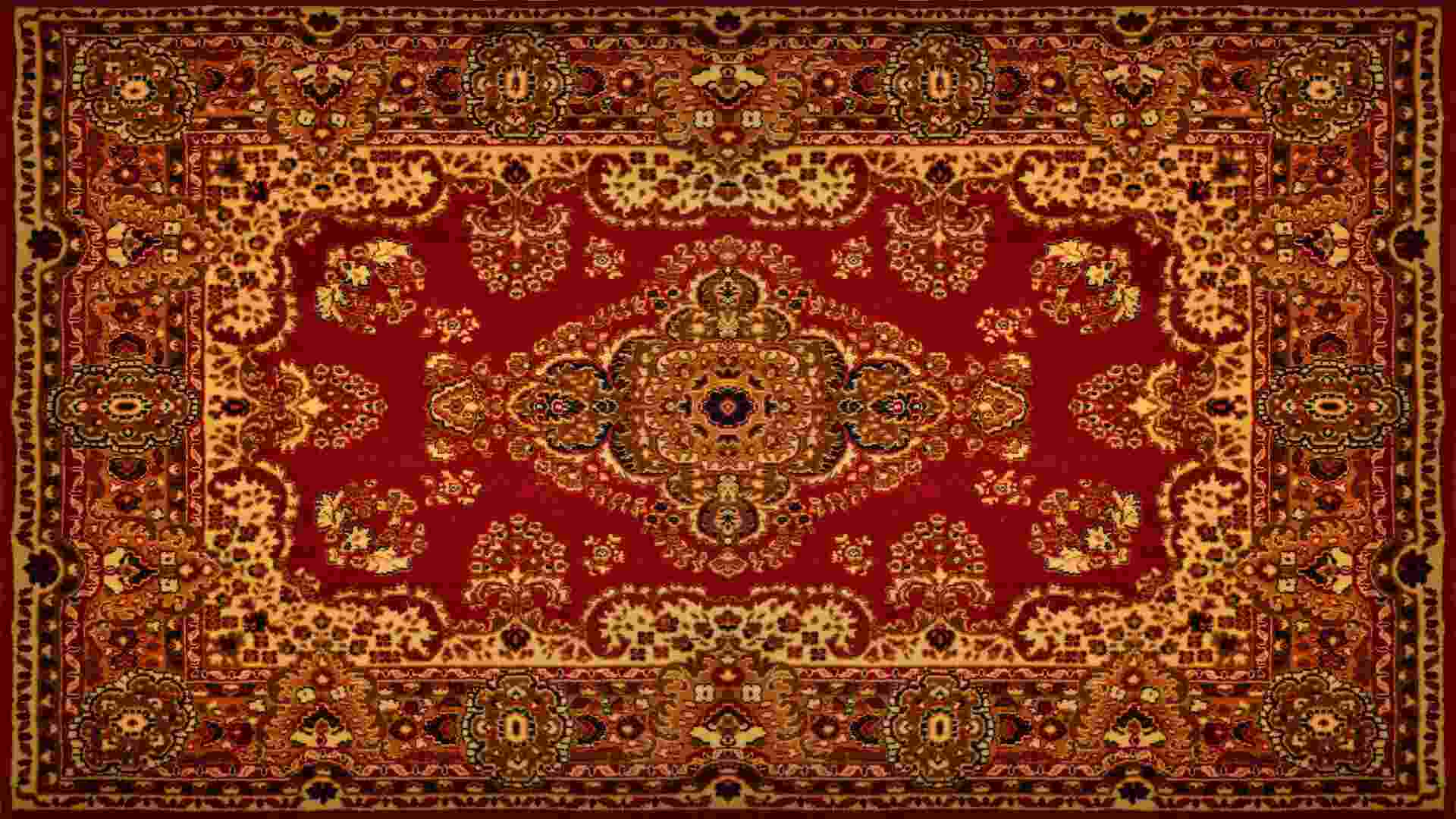
White – The Color of Purity and Simplicity
White is a color that represents purity, cleanliness, and simplicity in Islamic architecture. It is commonly used in the construction of mosques and other religious buildings. White is also associated with Prophet Muhammad (PBUH). In Islamic architecture, white serves as a backdrop for intricate calligraphy and geometric patterns, allowing them to stand out and convey their spiritual messages with clarity and elegance.
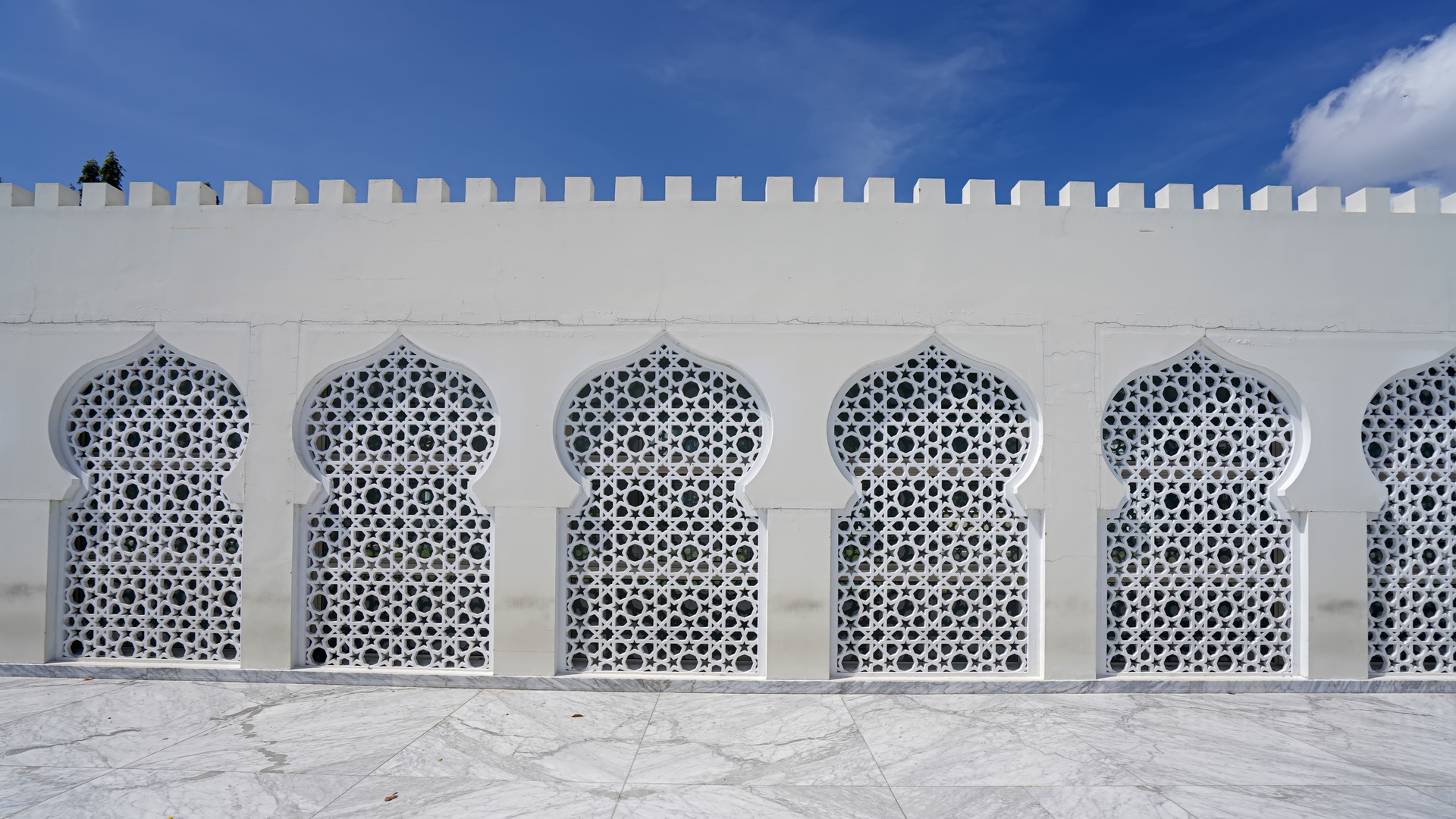
Gold – The Color of Light
Gold is a color associated with wealth, majesty, and light in Islamic architecture. It is often used in the ornamentation of mosques, palaces, and religious objects. Gold symbolizes the radiant light and represents spiritual enlightenment. The extensive use of gold in the intricate mosaics, domes, and mihrabs (prayer niches) of Islamic architecture creates a sense of luxury and reverence, elevating the spiritual experience of worshippers.
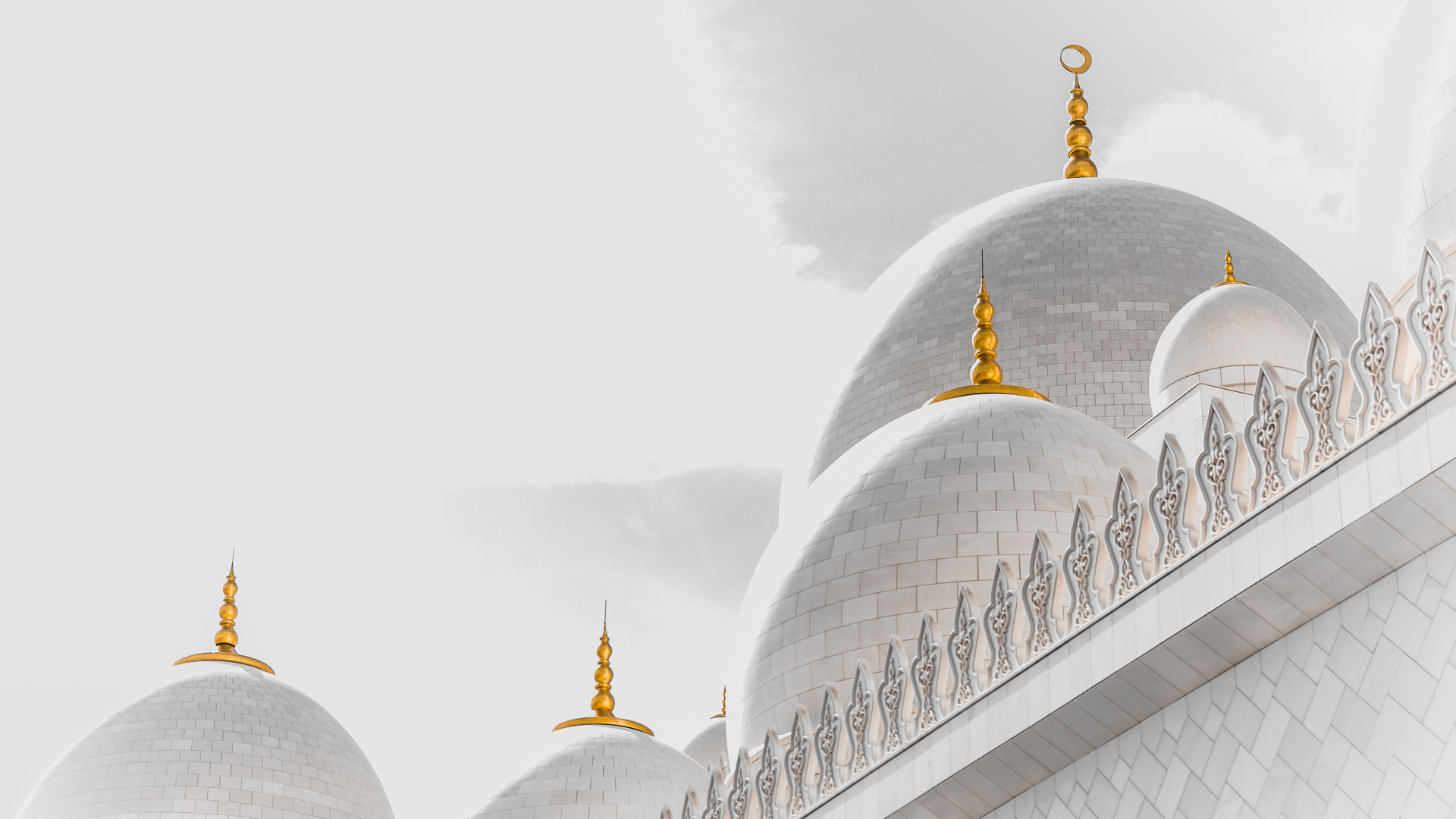
The symbolic use of colors in Islamic architecture adds depth, meaning, and spiritual significance to the structural design. From the celestial blue domes to the earthly green tile work, each color carries a unique symbolism that enhances the overall aesthetic and spiritual experience. The careful selection and combination of colors in Islamic architecture reflect the profound connection between the physical and the metaphysical, inviting individuals to contemplate and connect with Allah. Through the vibrant palette of colors, Islamic architecture continues to inspire and uplift the souls of people around the world.
As we come to the end of our study of the depth of symbolism found in Islamic architecture, we can see that every color, from earthly green to celestial blue, has a unique significance that improves both the visual and spiritual experiences. Take in this beauty by booking a life-changing Umrah package with Umrahme.com. Take your soul on a once-in-a-lifetime journey inspired by the intricate designs and meaningful colors.







